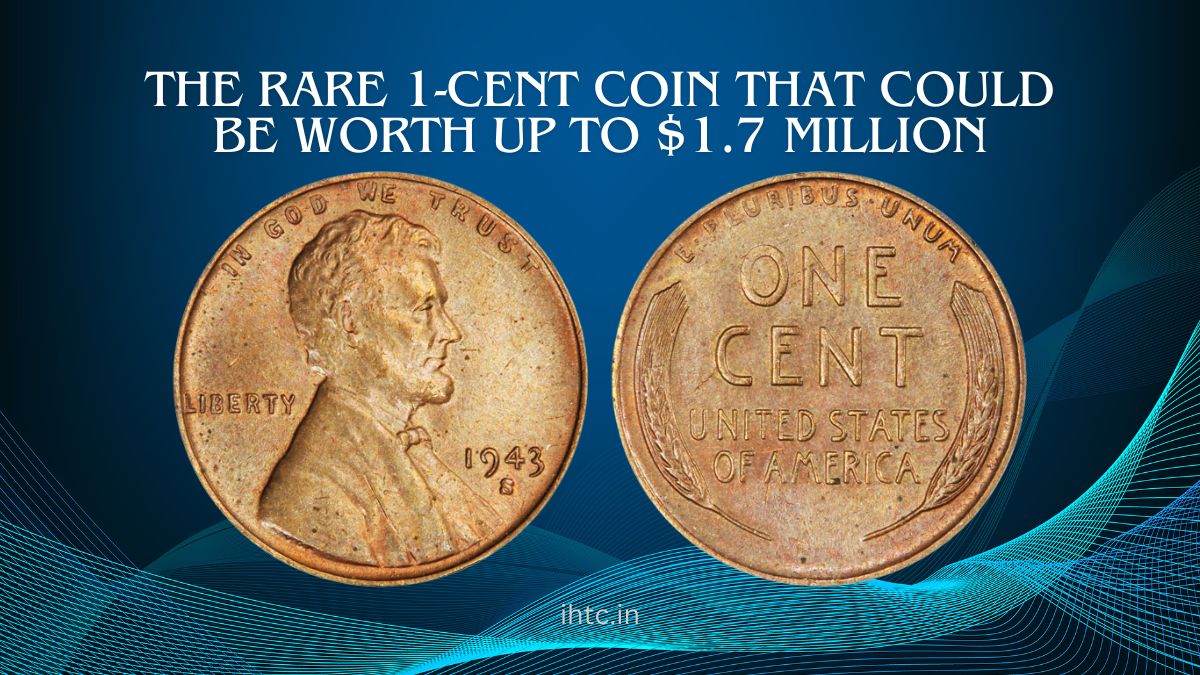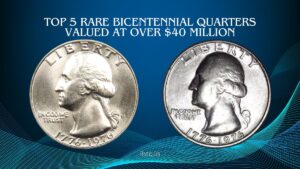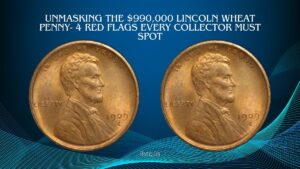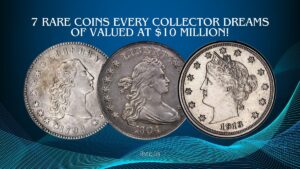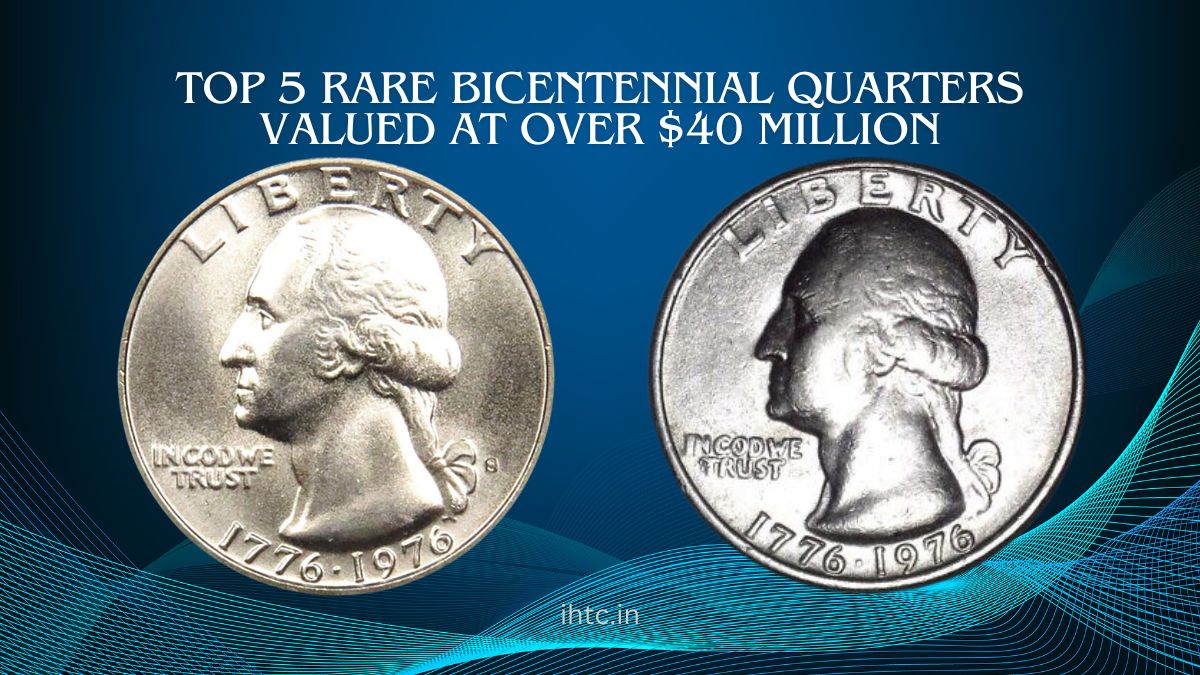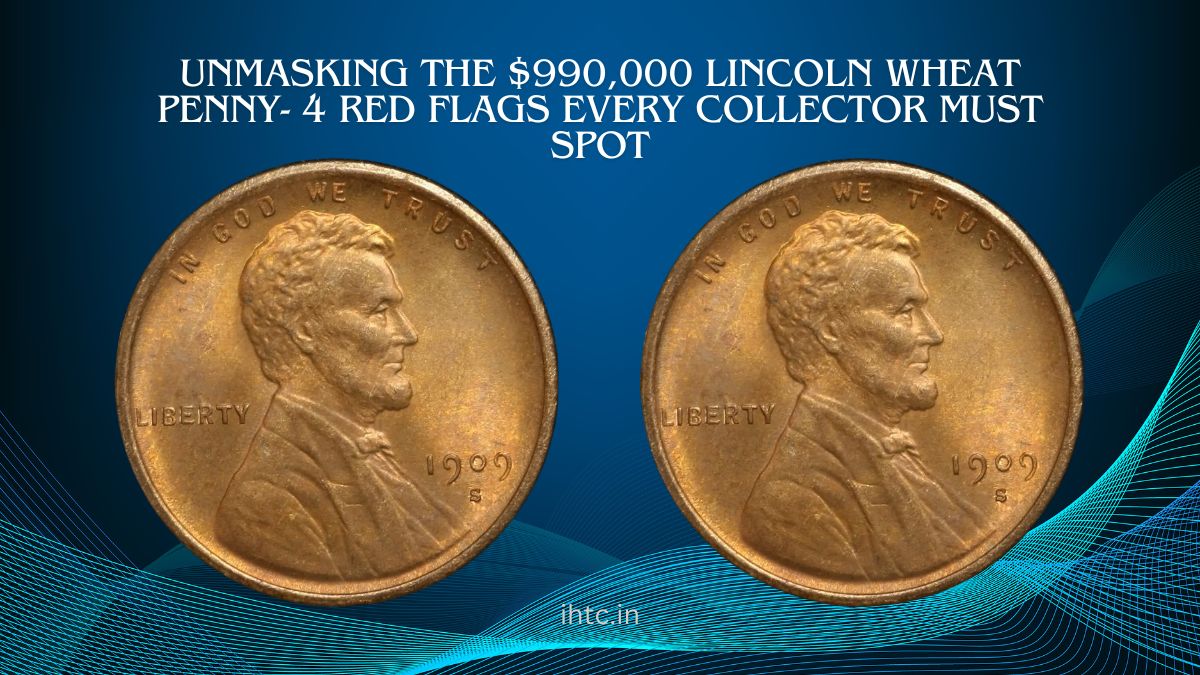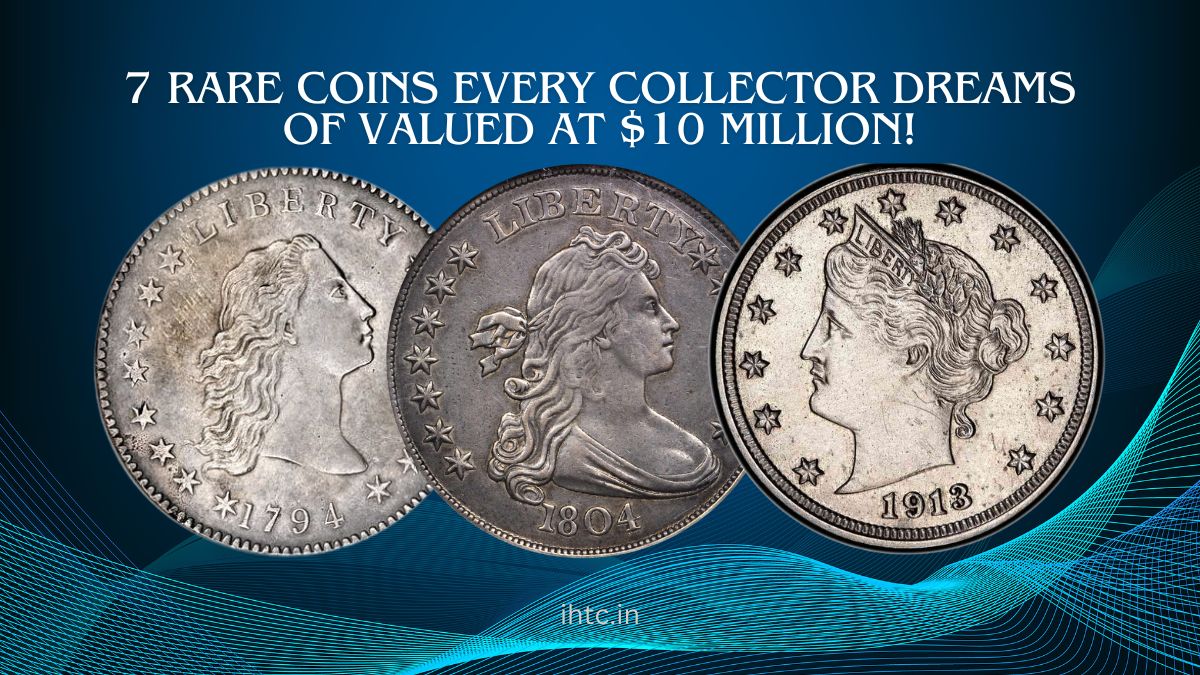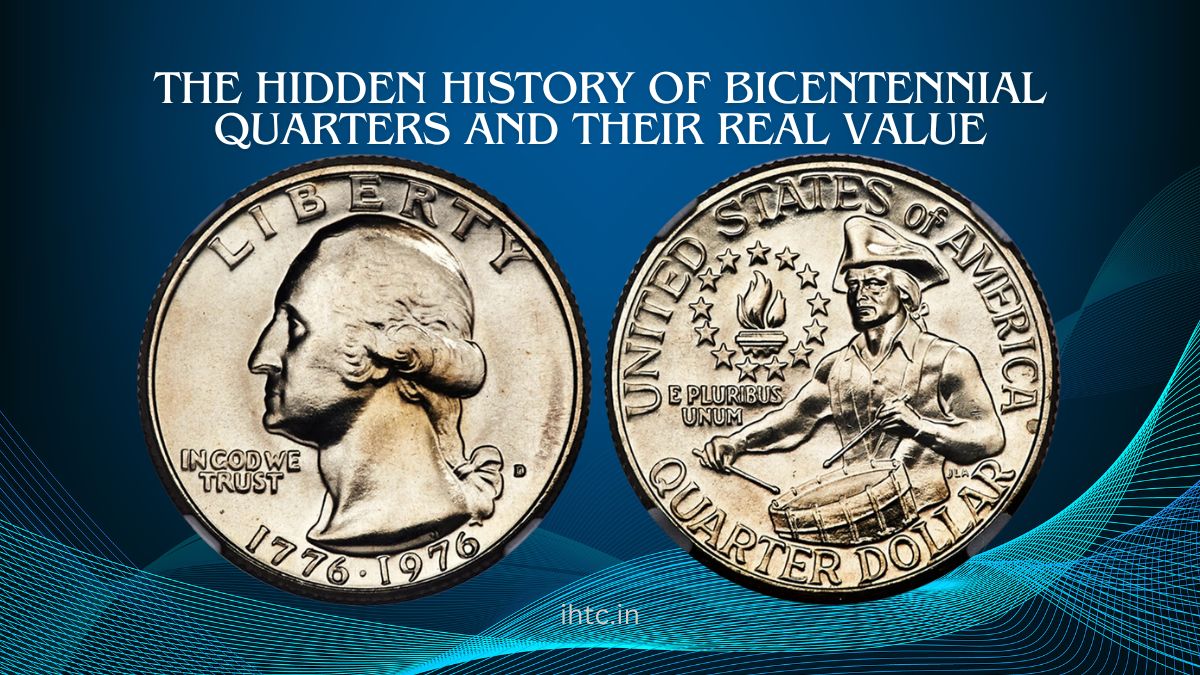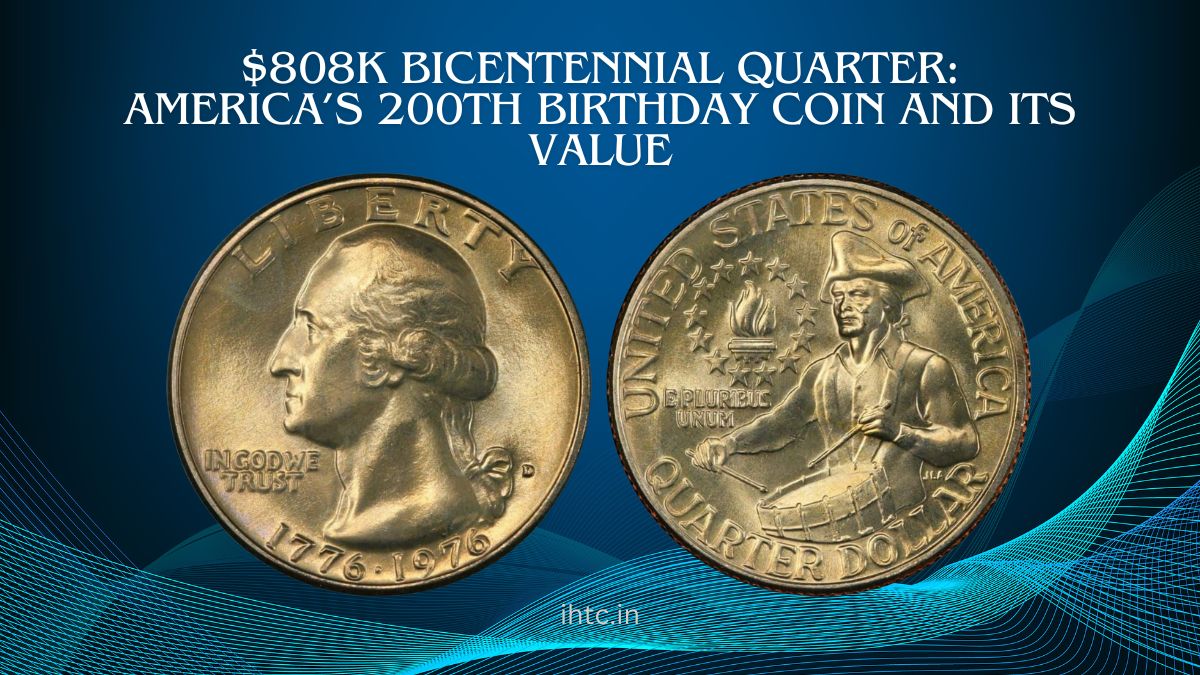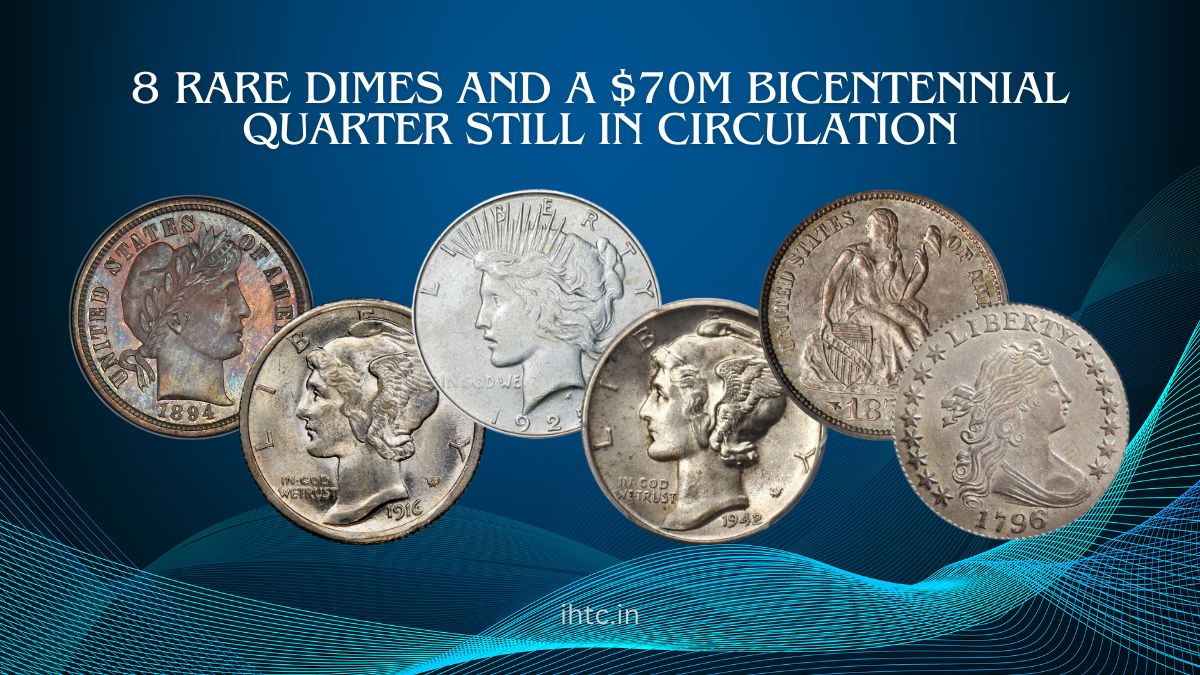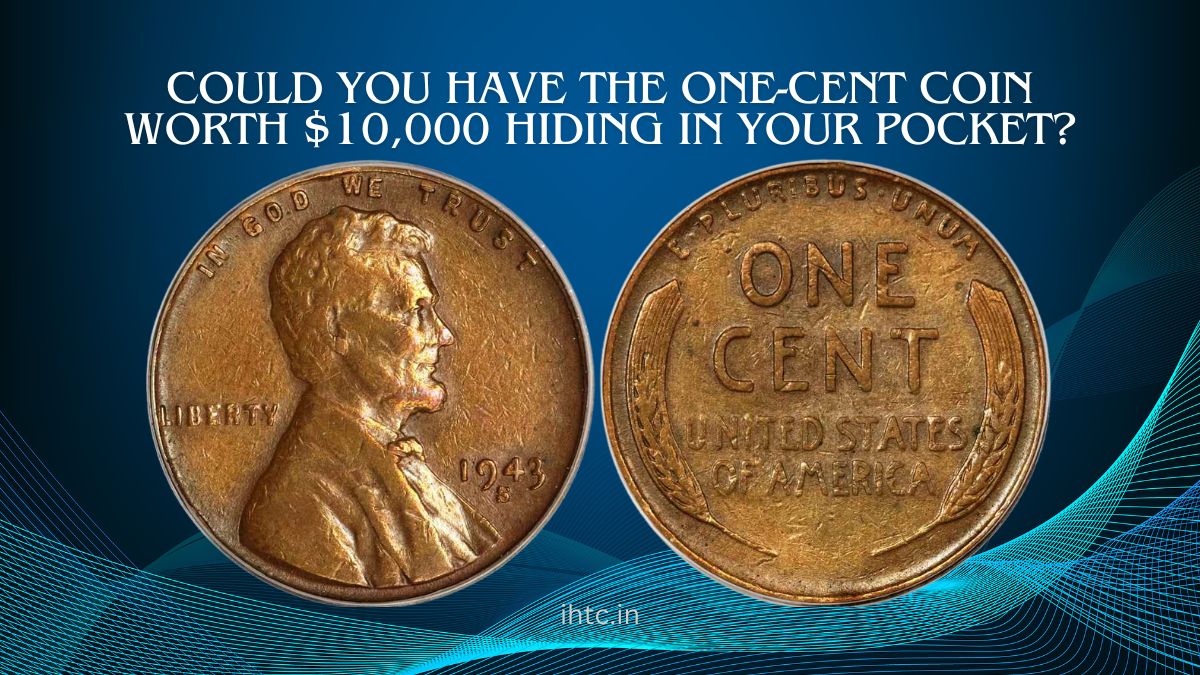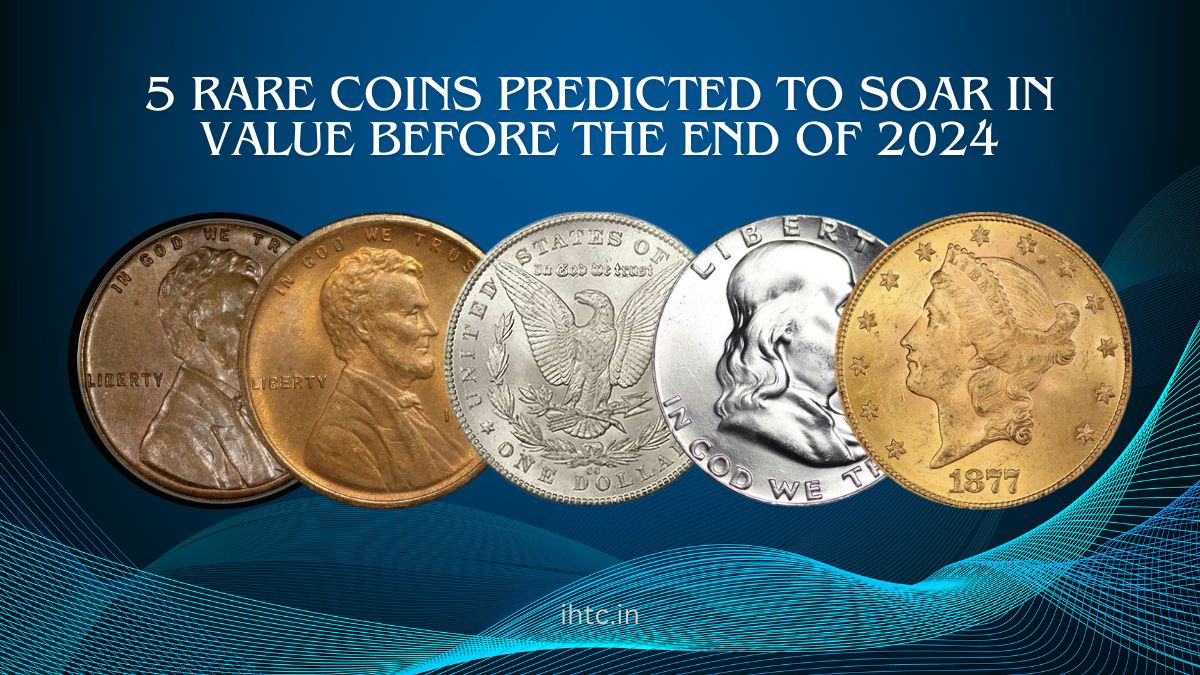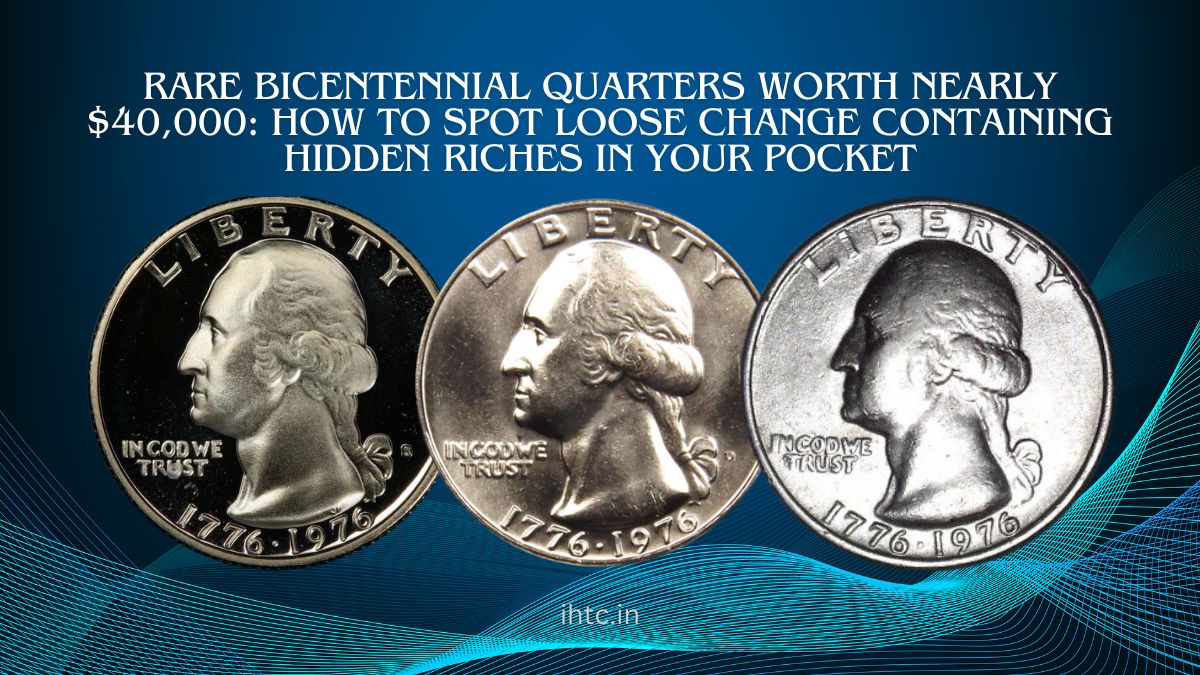Imagine possessing a plain cent that could be worth as much as $1.7 million. This is not a fantasy; it is a reality for collectors who have encountered one of the most rare coins in American history: the 1943 Lincoln bronze cent. In the realm of numismatics, the scarcity of these coins renders them exceedingly valuable.
However, what distinguishes these pennies and how can you identify one? Let us explore the coin’s intriguing history, rarity, and the underlying factors that contribute to its extraordinary value.
The Historical Background of the 1943 Lincoln Bronze Cent
The U.S. Mint transitioned from copper (bronze) to zinc-coated steel for pennies during World War II. The objective of the transition was to conserve copper for the war effort.
Nevertheless, a limited quantity of 1943 Lincoln pennies were inadvertently produced using bronze blanks that were left over, rather than steel. These coins were not discovered until years later, and their rarity has rendered them some of the most sought-after coins in existence.
In 1947, Don Lutes Jr. discovered one of the most renowned bronze pennies in the change he received from his school cafeteria. The coin was retained by Lutes for decades, and it was not until 2018 that it was auctioned off for an impressive $204,000.
However, the historical record for a 1943 bronze dime was achieved in 2010, when it was sold at auction for an astonishing $1.7 million.
What Is the Reason for the High Value of the 1943 Bronze Cent?
A number of critical factors contribute to the exorbitant value of these coins:
- Rareness: Presently, there are only 15 to 20 bronze Lincoln cents from 1943 that are known to exist. Collectors regard them as exceedingly uncommon and desirable due to their restricted availability.
- Error Coin: The U.S. Mint had already transitioned to steel, resulting in the erroneous production of the coins. Particularly when the errors are as substantial as a material change, collectors are inclined to pay considerable attention to coins that contain minting errors.
- Historical Significance: The historical significance of these coins is further enhanced by the fact that they were produced during World War II, a period of significant historical significance, which appeals to collectors who appreciate coins with strong historical connections.
Characteristics of the 1943 Bronze Lincoln Cent
Identifying a genuine 1943 bronze penny requires careful examination. Below are some of the key characteristics of the coin:
| Characteristic | Details |
|---|---|
| Composition | Made from 95% copper (bronze), not steel |
| Mint Year | 1943 |
| Weight | Approximately 3.11 grams |
| Design | Standard Lincoln wheat design used from 1909-1958 |
| Magnet Test | Bronze is not magnetic. Steel pennies stick to a magnet; bronze ones do not. |
| Color | Bronze pennies have a brownish hue compared to the grayish color of steel coins. |
Avoiding Fakes: The Magnet Test
Forgeries are ubiquitous in the market due to the 1943 bronze penny’s rarity and high value. The magnet test is a straightforward method for determining whether a cent is genuine. A steel cent is probable if the coin is drawn to a magnet. True bronze pennies are not magnetic.
What is the reason for the 1943 penny’s value of $1.7 million?
The price of this rare cent has reached as high as $1.7 million due to a combination of factors. Some of these factors are as follows:
- Condition: Coins that are in superior condition (as determined by experts on the Sheldon scale) can fetch a higher price. Uncirculated or mint-condition coins are particularly valuable.
- Provenance: Coins with intriguing histories, such as the one owned by Don Lutes Jr., may appreciate in value as a result of their increased historical significance.
- Demand: Collectors are perpetually on the prowl for uncommon error coins. In recent years, the prices of these pennies have reached record highs due to the strong demand and the limited supply.
Methods for Identifying and Selling a 1943 Penny
It is imperative to have an uncommon 1943 bronze cent authenticated by a reputable coin dealer or grading service if you suspect that you possess one. The authenticity of the coin can be verified and a grade can be assigned based on its condition by coin grading services such as PCGS (Professional Coin Grading Service) and NGC (Numismatic Guaranty Corporation).
Auction houses such as Heritage Auctions or Stack’s Bowers can assist you in obtaining the most favorable price for your coin once it has been authenticated. Rare coins are the specialty of these auction houses, which frequently draw serious collectors who are willing to pay top dollar.
The 1943 Lincoln bronze penny is one of the most valuable and rare coins in the world, with some examples garnering as much as $1.7 million. Its rarity, historical significance, and status as an error coin all contribute to its value.
If you believe you possess one of these uncommon pennies, it may be worth a substantial sum; however, it is crucial to have it authenticated by a professional to prevent the possibility of a phony. The world of rare coin collecting is brimming with surprises, and the acquisition of a piece of history such as the 1943 bronze cent could transform a small amount of change into a life-changing sum of money.
